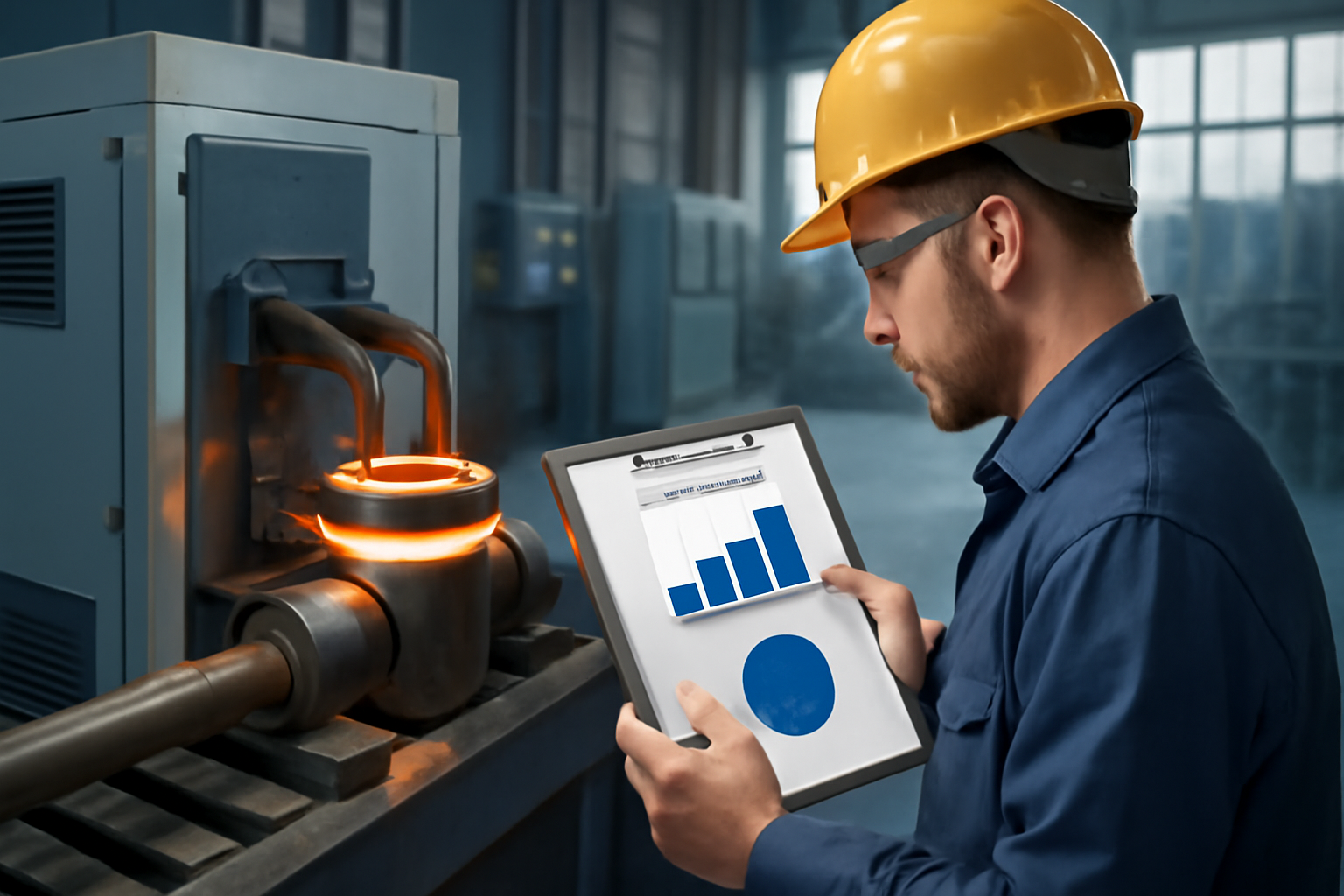Contact Us
+91 7900000776
Contact Us
+91 7900000776
Blogs
Meta Title: Induction Heat Treatment Economics | Thakur Industries
Meta Description: Discover how induction heat treatment balances cost with lifespan gains for industrial components. Optimize performance with Thakur Industries’ solutions.
For manufacturers and industrial engineers, cost efficiency is always a top priority. Investing in high-quality components is essential, but the initial cost of advanced processes like induction heat treatment often raises questions.
This article explores the economics of induction heat treatment, highlighting how the process increases lifespan, reduces maintenance costs, and provides a high return on investment for industrial parts.
Induction heat treatment is a non-contact, localized heating process using electromagnetic induction to harden steel surfaces. Key features include:
Rapid heating and precise control
Surface hardening with minimal distortion
Customizable hardness depth depending on application
Industries such as automotive, aerospace, power generation, and construction equipment rely on induction solutions to enhance part longevity while controlling costs.
Understanding the cost structure is vital for evaluating ROI:
Initial investment in induction coils and power sources
Custom fixtures for specific part geometries
Minimal energy consumption due to rapid localized heating
No need for large-scale furnaces
Skilled operators and routine maintenance of induction systems
Reduced labor compared to traditional furnace hardening
While induction hardening may have higher upfront costs than conventional heat treatment, it delivers significant economic advantages:
Wear-resistant surfaces reduce frequent replacements
Critical parts like shafts, gears, and rollers last longer
Less downtime for repairs or part failures
Lower labor and replacement costs over the component’s life
Fast processing means shorter lead times
Enables just-in-time manufacturing for industrial production
Consistently high-quality components meet international standards
Reduces warranty claims and improves customer satisfaction
Industries that benefit from this cost-to-lifespan ratio include:
Automotive – gears, axles, crankshafts
Construction Equipment – pins, bushes, shear blades
Power Generation – turbine shafts, couplings
Textile & Paper Mills – rollers, spindles
Thakur Industries provides tailored induction solutions to optimize durability, performance, and cost-efficiency for industrial parts.
